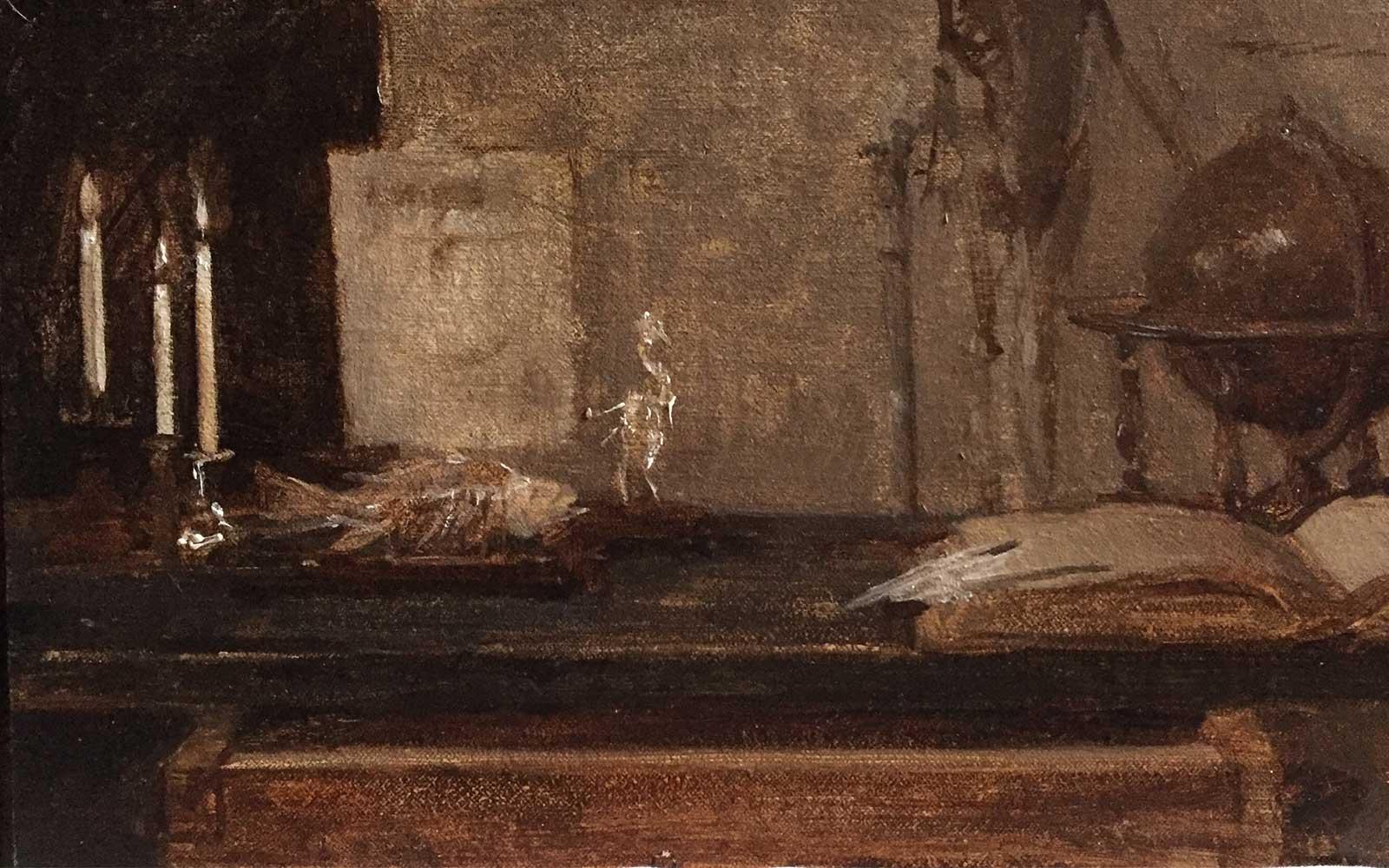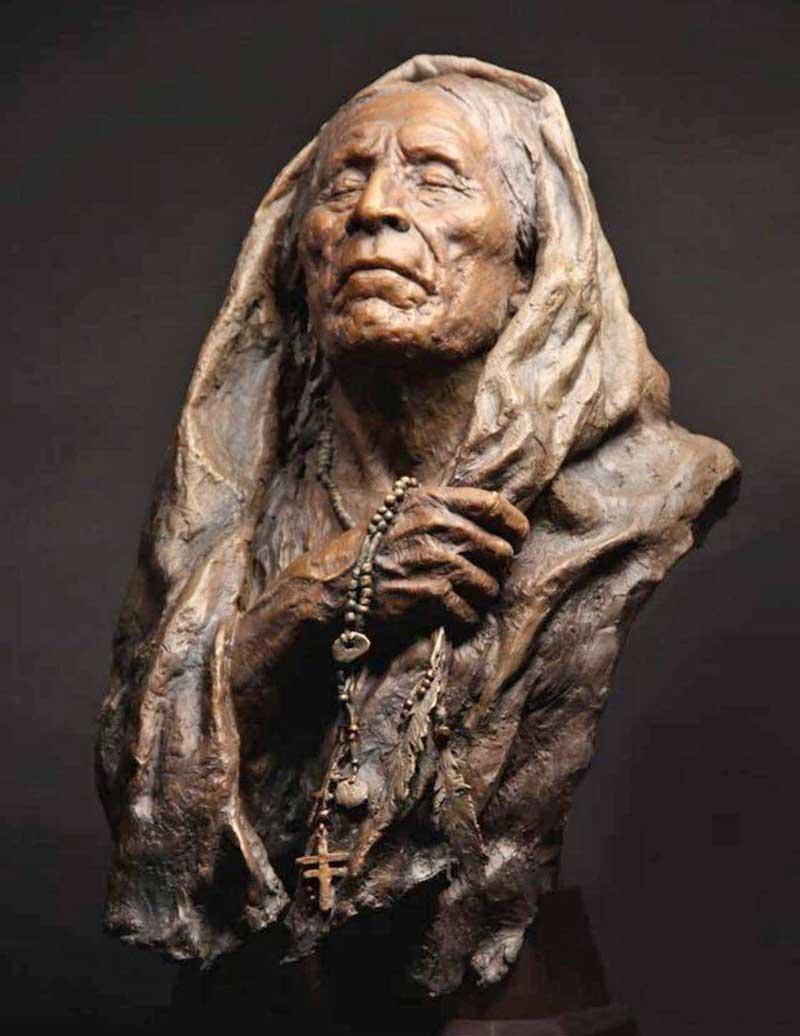Source: Art&Object.
Tim Newton is chairman emeritus of the famed Salmagundi Club, founded in 1871, and headquartered in their historic brownstone mansion on Fifth Avenue in New York City. Take a Peek at his Collection & Read on for Beginner’s Tips.
Newton’s active role in the realm of fine art—his proximity to artists, gallerists, art appraisers and dealers, and his attunement to gallery openings and art auctions—has him sitting in the catbird seat as a collector.
“I’m on that circuit. I’m living in the art world, so that provides me with access and the opportunity to be around skilled artists and artworks that have enduring beauty,” says Newton. “My collecting has slowed down. In the early days, I was a voracious consumer, on the chase.”

Mian Situ, By The Door.
Newton emphasizes that art collecting is not for well-heeled members of café society only. “One of the key points I like to make is that I’m not a wealthy person,” he explains. “Everything is relative, but I offer encouragement to collectors that it’s not just for rich people.”
More than thirty years ago, Newton began his private collection with affordable prints. Subsequently, he and his wife Cathi have acquired hundreds of prized artworks. The Newton Collection includes sculptures, pastels, watercolors, and drawings—but mostly, they have oil paintings by prominent American artists. Typically, he buys the art and she decides where the pieces go.
The Newtons acquire art through many venues, making their own discoveries and decisions: “We have an aesthetic. We have good intuition,” he says.
The Newtons do not hire an interior designer to install their art. “I can’t even conceive of a professional coming in to handle that for us. There are people who need that because they have no ability to do that themselves. But we’ve been in homes of close friends—not casual friends—and said, ‘What if you move this piece down? Or hang these together?’”
Newton credits his mom for shaping his artistic sensibilities.
“I was influenced by my mother, who had a great eye for design and beauty,” he reflects. “We had no money growing up, so it was very modest, but she kept a beautiful home with nice objects, though not of great value.”
Having also worked for decades as a kitchen designer, Newton’s keen sense of proportion, balance, and quality inform his connoisseur’s eye.
“That’s been a real factor in collecting,” he says. “I always recognize good design whether in sculpture or painting or drawing.”
The Newton Collection inadvertently grew to include themes: maritime paintings, nocturnes, and snow scenes.
“That wasn’t intentional,” says Newton. “Beauty and quality are my themes.”


















